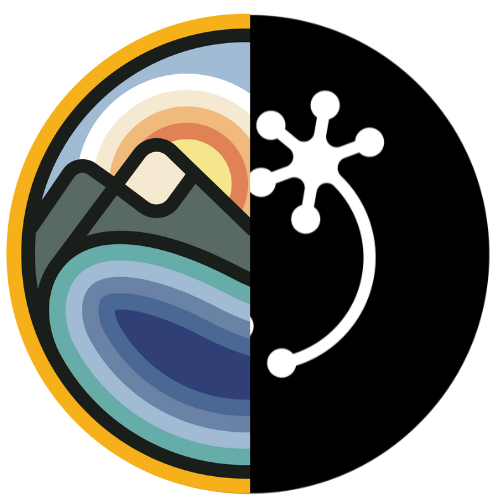Micropublications#
A micropublication is a brief research article that describes a single result, method, or claim and enables researchers to quickly publish findings narrow in scope. In line with the best publishing practices, Impact Scholars’ research results are made freely accessible to the public and recorded under the researchers’ ORCID IDs for transparency and proper attribution. For reference, you can review last year’s micropublication examples from Climatematch scholars. You can also find out more in these platforms:
Submission Form#
All teams are required to submit a micropublication at the end of the program using this form.
Deadline#
3 March, 2025
Submission guidelines#
Your micropublication submission must include specific components. Here are the guidelines for each:
Type of research#
Each micropublication should provide evidence to support one specific:
Claim: A well-supported statement or conclusion drawn from research data. This type of micropublication focuses on presenting evidence that supports a particular hypothesis or finding.
Observation: A documented occurrence or pattern observed during research. This type is ideal for reporting interesting or unexpected findings that may not yet be fully understood but are valuable for the scientific community.
Method: A description of a new or refined technique, procedure, or experimental approach that can be applied in research.
Please choose one of the above 3 options.
Title#
Title should be up to 100 characters and clearly convey the main focus of the research conducted.
Keywords#
3 to 4 keywords
Describe the research topic, method, context.
Make it easier to find research.
Not contained in title.
For help selecting keywords, please refer to the NASA GCMD for climate science and the Neuroscience glossary for neuroscience.
Main Text#
Elaborate on the single claim, observation, or method based on the type of research you are presenting. Use Google Doc to write your micropublication.
You should use the provided template to help structure your micropublication effectively. Note that you cannot edit the template directly. Instead, go to File -> Make a copy to create your own editable version. Once you have your copy, be sure to share it with the rest of your team.
Word Limit:1500 words. This does not include references, supplementary material, or acknowledgments.
Format: .pdf
References: Use Zotero as your reference manager to organize and format citations in APA 7th Edition. Zotero integrates seamlessly with Google Docs. For instructions on how to use Zotero and how to connect it to Google Docs, please watch this video.
Acknowledgement: Include an acknowledgement section to recognize contributions from individuals who do not qualify as co-authors (e.g., mentors and scholars who contributed but did not complete the project).
Figure#
Support your claim, observation, or method with a single figure.
Format: .svg or .png
Resolution: Please ensure the figure is high-resolution, at least 300 dpi.
You can add up to 6 panels to this figure. Please be mindful of avoiding colors (such as red, especially in combination with green or black) that are commonly not visible to people with color blindness. We encourage you to try tools like the Color Blindness Simulator to check the accessibility of the figure. If possible, use shapes instead of/as well as colors to disambiguate objects.
If you’ve run simulation(s) and feel that a video or gif may be more informative, please feel free to add that instead of a figure.
Figure Legends#
Add figure legends for each of the panels within the single figure.
Please include the figure captions directly beneath the figure in the PDF submission.
If you’ve uploaded a video instead of a figure, please describe the video.
Code#
Please include any relevant code that can be used to reproduce the figure.
Format: .zip
Types of Files: Code may be submitted as separate files such as Jupyter notebooks, Jupyter books, or other open-source code formats. Proprietary software formats or languages will not be accepted.
Instructions: Provide clear instructions on how to run the code and access the data. You can use a text file (.txt), Google Doc, or any other format that is easy to follow. If you use a code repository, such as GitHub, you may include a link to the repository, but all code must be submitted as part of the .zip file.
Data Instructions: Include detailed instructions within the code or in the provided document on how to access the data used in the research.
Optional - Supplementary material#
If necessary, use this section to provide additional information relevant to your research output.
If applicable, please compile all additional text and supplementary figures (including figure captions) in a single PDF file.
You are welcome to submit information in other formats, such as code or video, as long as appropriate descriptions are provided in the supplementary PDF file.
If you are submitting more than 1 file overall, please compress your files together and upload a single .zip file
While we expect the micropublication submission to be in English, we encourage scholars to use this section to submit the micropublication in other languages. You can submit this translated material even after the micropublication deadline using this form.
